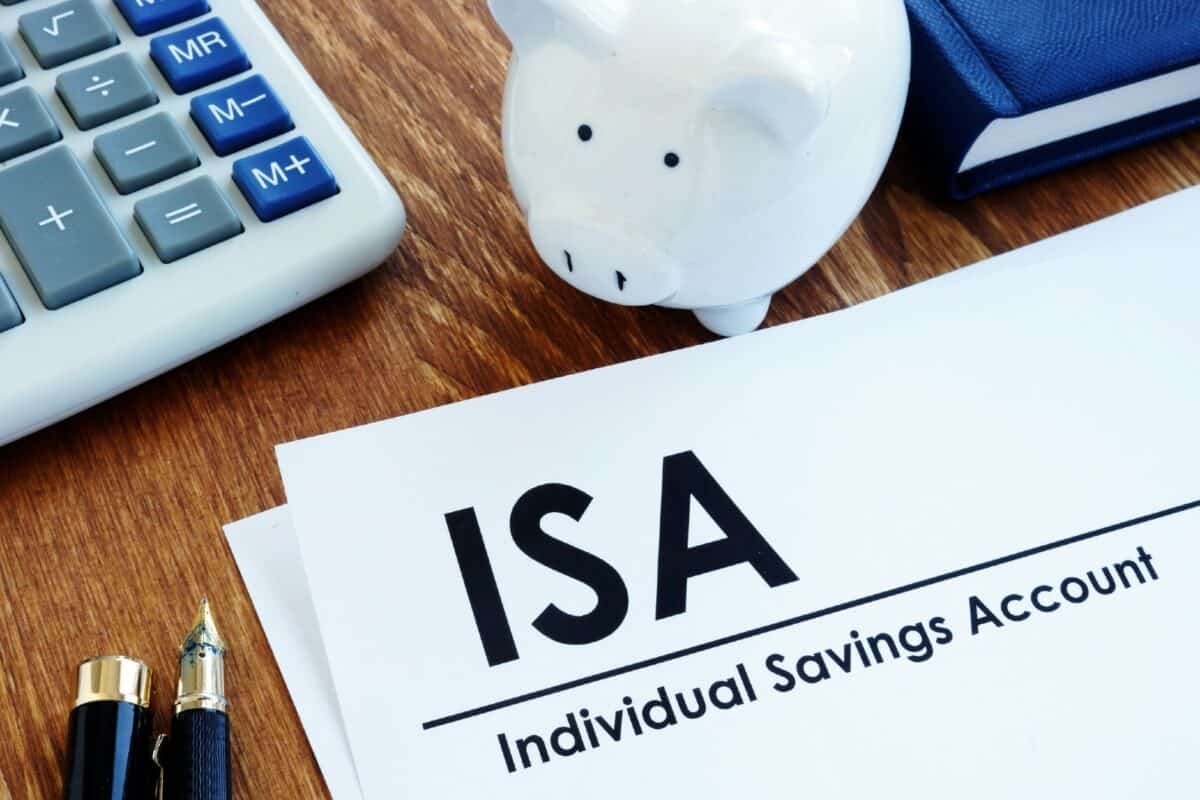Image source: Getty Images
One of the attractions of investing through a Stocks and Shares ISA is the ability to pile up dividend income tax-free. Here is how an investor could use an ISA to target annual dividend income of over a thousand pounds.
Please note that tax treatment depends on the individual circumstances of each client and may be subject to change in future. The content in this article is provided for information purposes only. It is not intended to be, neither does it constitute, any form of tax advice. Readers are responsible for carrying out their own due diligence and for obtaining professional advice before making any investment decisions.
Taking a smart-yet-simple approach to investing
An amount like £20K is enough to diversify comfortably over, say, five to 10 shares. Rather than trying to find little-known growth shares, I generally (not always admittedly) prefer to stick to large, proven, blue-chip shares.
A proven business model and willingness to use free cash flows to pay dividends can be a positive indicator when it comes to setting up passive income streams from an ISA.
So I think the savvy investor could stick to companies they know in industries they understand.
By trying to buy when great shares look cheap then holding them for the long term, they could leave their Stocks and Shares ISA untouched for months and sometimes even years at a time while the income hopefully rolls in.
Time to think about asset allocation
There are different ways to diversify.
One would be to invest no more than, say, a quarter of the ISA in a single industry, even though some (such as tobacco and financial services) may be especially tempting because of their high yields.
Starting with a target yield in mind can be a dangerous game as it can lead the tail to wag the dog.
After all, no dividend is ever guaranteed and sometimes a high yield is a sign that the City expects a dividend cut — Vodafone (LSE: VOD) is a prominent example from the past year.
Rather, I think it makes sense to look at the likely long-term value of a share, versus its current valuation.
Lots of possible choices in the current market
Right now, I think there are quite a few strong, proven blue-chip companies in the London market selling for attractive valuations and with yields of 5%, 6%, 7% and even as high as 10% in some cases.
One example I think investors should consider for their Stocks and Shares ISA is, in fact,… Vodafone!
Why? The dividend cut may seem like bad news. But even after it, the telecoms share would still currently offer a prospective yield of around 5.6%.
Reducing the dividend also eases some cash flow pressures on the company. That could allow it to pay down more debt, something it has been making good progress on in recent years, although I still see its net debt of around £27bn as a risk — servicing, let alone repaying it, eats into profits.
The market for telecoms is huge and likely to stay that way — and mobile money is an additional growth driver.
Vodafone has a massive customer base and powerful brand. It is the market leader in multiple European and African markets and recently became the largest fibre provider in Germany.
Setting realistic expectations
As I said, I see quite a few shares to consider in the FTSE 100 with yields around that of Vodafone’s, or higher.
Sticking to that 5.6% as an average yield across the portfolio though, a £20K Stocks and Shares ISA could produce £1,120 of dividends each year.
Credit: Source link














